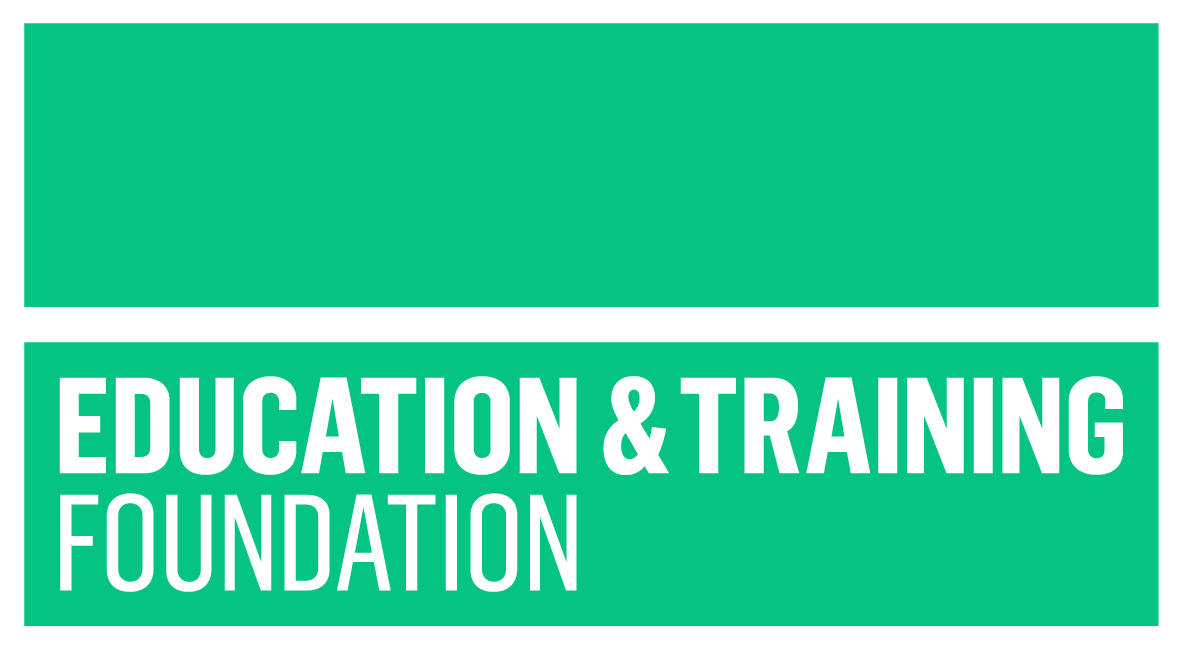For many in education, Contest, the government counter terrorism strategy, and specifically the Prevent Duty, became widely known in 2015. The initial iteration of Contest was, in fact, first written in 2003, and first published in 2006, and contained from the outset the four key strands of Pursue, Prevent, Pursue and Prepare, which remain in the current Contest strategy today.
When the Prevent Duty for education was first introduced, I had already been involved with a case which had occurred a few years before, and I was to be significantly involved in a very different case the year the duty came into force. Recently, I have had cause to muse over both cases and in this blog I will attempt to draw out the key learnings.
The first case involved a White British student, a 17-year-old male, who lived with his mother, and was studying on a Business course. He was a fairly quiet, moderately shy young man, who was, to all intents and purposes, an excellent attender and a well-behaved student who got on well with his peers. I’ll call the student Mark, for the purposes of this blog.
The college where I worked at the time, and its local population, had very low ethnic diversity and was in an active area for groups promoting extreme right-wing ideology. That is why I was already involved with the equivalent of a local Prevent Team; we were regularly raising concerns about attempts to recruit our students to extremist causes.

